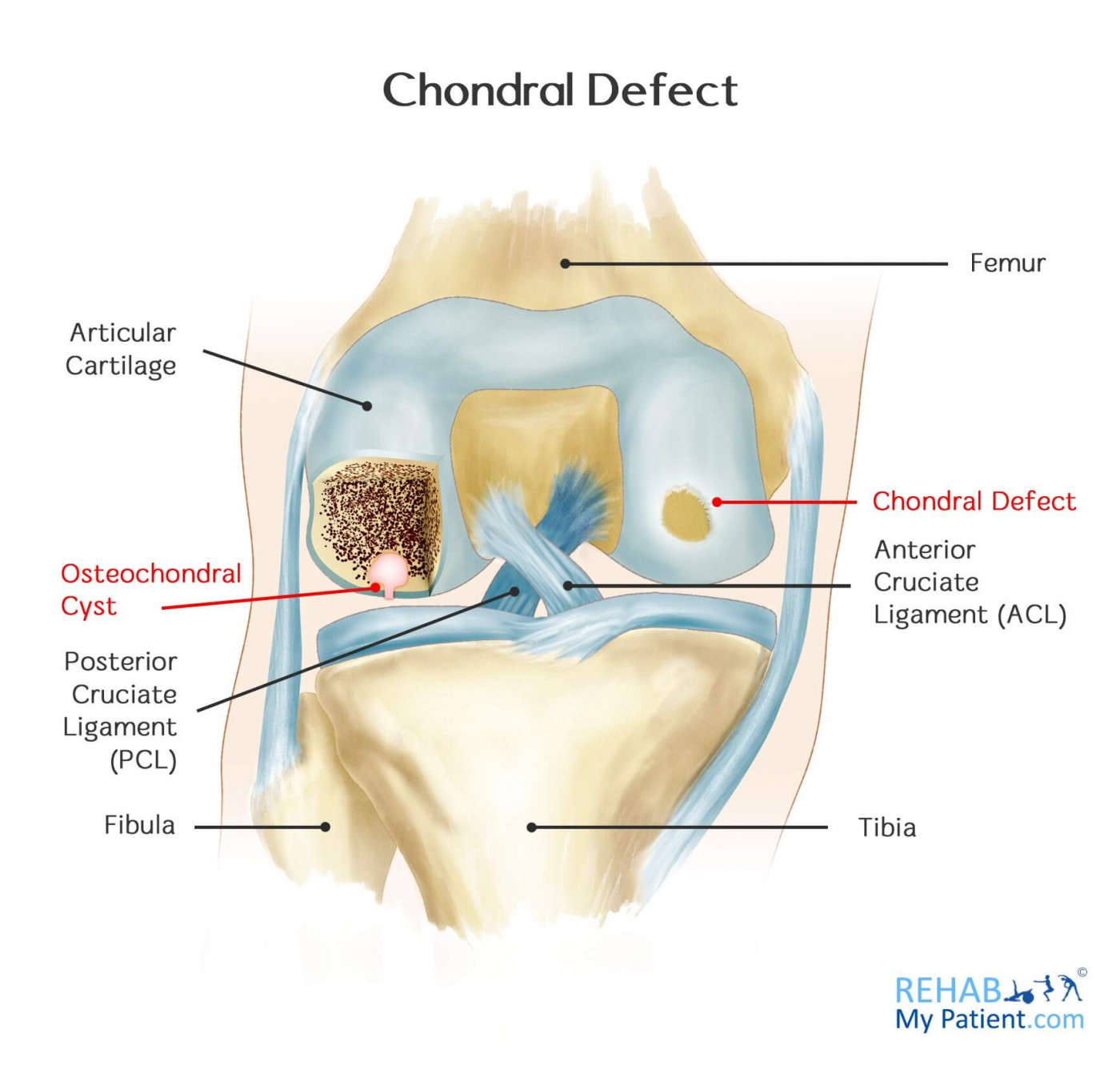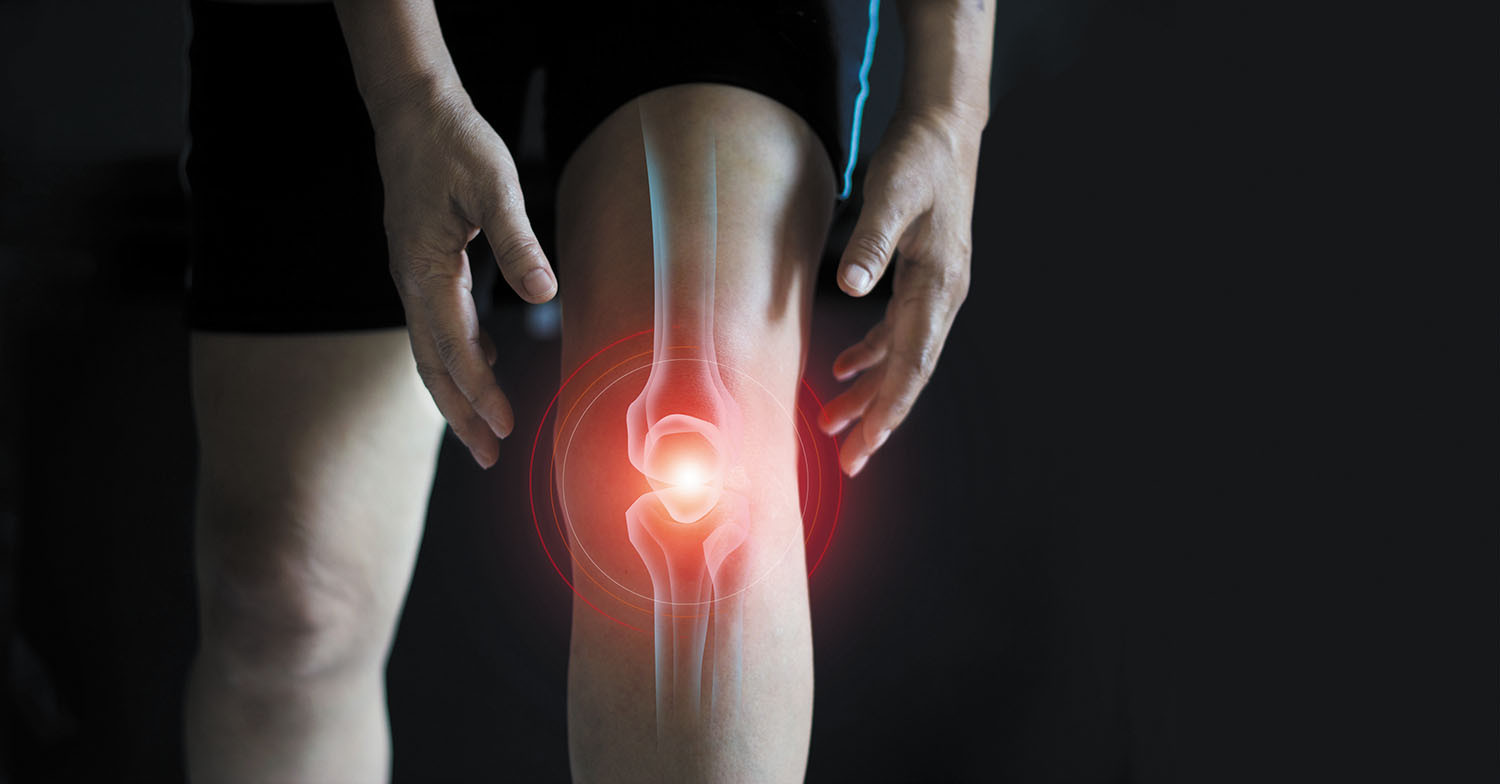Knee cartilage defects can have a major impact on our daily lives. From the inability to walk, jump, or run without pain, to the difficulty of maintaining an active lifestyle – knee problems can put a damper on life. But exploring these knee issues doesn’t have to be daunting!
This article will take a look at what causes knee cartilage defects and how you can manage them so that you can stay active and live your best life. So let’s get started!
Understanding Knee Cartilage Defects

Understanding knee cartilage defects is an important step in finding relief from the pain associated with them. Cartilage is a flexible connective tissue found in joints like the knees, and when it wears down or becomes damaged, it can lead to severe discomfort. Defects can come in many forms, such as tears or cracks that may occur due to age or injury.
It’s also possible for bone spurs to form on the joint margins of the kneecap and cause irritation. Other causes of damage include misalignment of bones within the joint as well as malformation at birth.
The exact nature of each defect varies depending on its cause and how long it has been present, so seeking advice from a medical professional is essential before attempting any kind of treatment plan.
In some cases, non-invasive treatments such as physical therapy may be recommended but more serious conditions may require knee surgery or other interventions such as injections.
Whatever your specific case may be, understanding what exactly is wrong with your cartilage should always be your priority before deciding which course of action you wish to pursue for relief from pain caused by knee cartilage defects.
Diagnosis and Treatment of Knee Cartilage Defects

Diagnosis of Knee Cartilage Defects is key in determining the best treatment plan. The most common diagnostic tests used to diagnose knee cartilage defects are X-rays, Magnetic Resonance Imaging (MRI), and arthroscopy.
All these tests provide detailed information about the condition of the affected area, allowing doctors to accurately assess the severity of a defect and recommend an effective treatment plan. When it comes to treating knee cartilage defects, there are several options available depending on the type and severity of the injury or defect.
For minor injuries such as small tears in meniscal cartilage or small fractures in articular cartilage, rest and physical therapy may be enough for successful recovery without any surgical intervention.
In more severe cases where there is significant damage to either a major ligament or tendon around the joint or if there is osteoarthritis present, surgery may be necessary to repair any damaged tissue while also relieving pain and restoring mobility into your knees.
Exercise and Lifestyle Changes for Managing Knee Cartilage Defects

Exercise and lifestyle changes are essential components in managing knee cartilage defects. When it comes to preventing further damage, building strength around the affected area is key. Strengthening muscles surrounding the joint can help reduce pain and improve mobility.
Low-impact activities such as swimming or biking may be especially beneficial for those with knee problems because they provide exercise without putting extra strain on joints. Additionally, an appropriate stretching routine tailored to one’s needs will also help maintain flexibility while reducing discomfort.
Making healthy dietary choices is another important aspect of managing knee cartilage defects; foods high in anti-inflammatory properties can help minimize swelling and tenderness around the joint.
Omega-3 fatty acids found in fish oil are particularly good at helping reduce inflammation, so eating salmon or taking a supplement containing omega-3s might be helpful for those suffering from these types of issues. Finally, getting adequate rest each night gives your body time to heal itself naturally, so maintaining regular sleep patterns should always be part of any plan for dealing with this condition.
Conclusion

Knee cartilage defects can be a painful and debilitating condition. Fortunately, there are many treatments available to help those suffering from this issue. Physical therapy helps strengthen the muscles around the knee joint and reduce pain, while orthopedic surgeons can repair damaged tissue or replace worn-out joints with prosthetics.
Non-surgical options such as injections of hyaluronic acid or platelet-rich plasma may also provide relief for some patients. Ultimately, it is important to consult with your doctor so they can make an appropriate diagnosis and create a treatment plan tailored to you and your needs to manage knee cartilage defects effectively.

